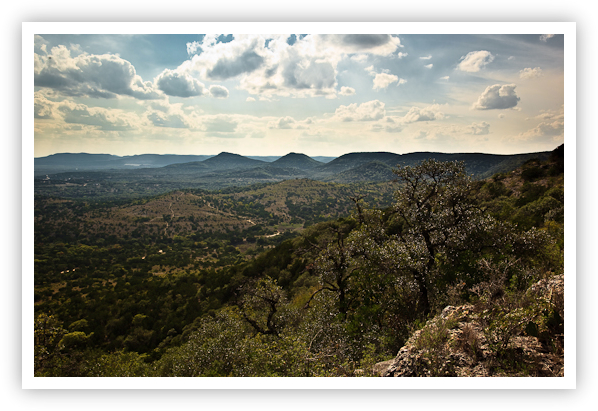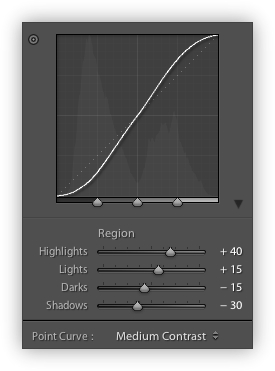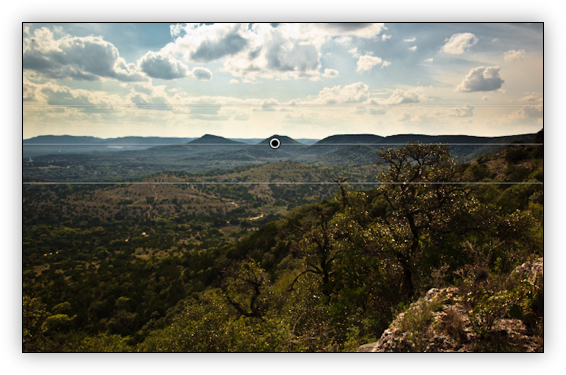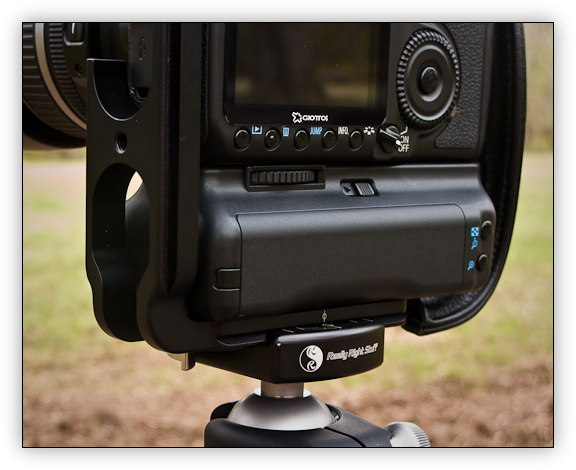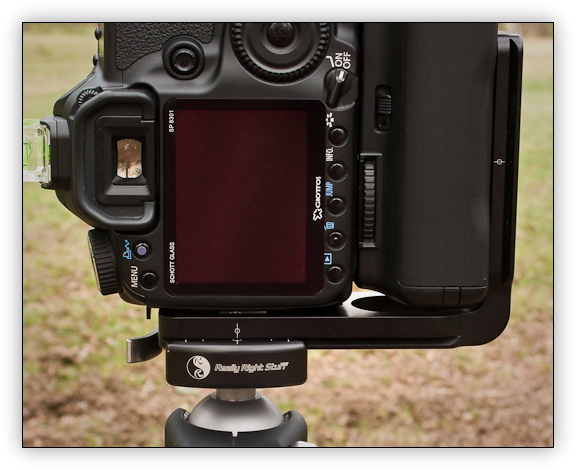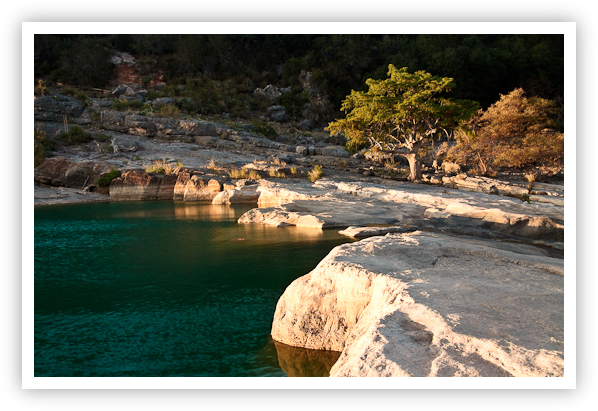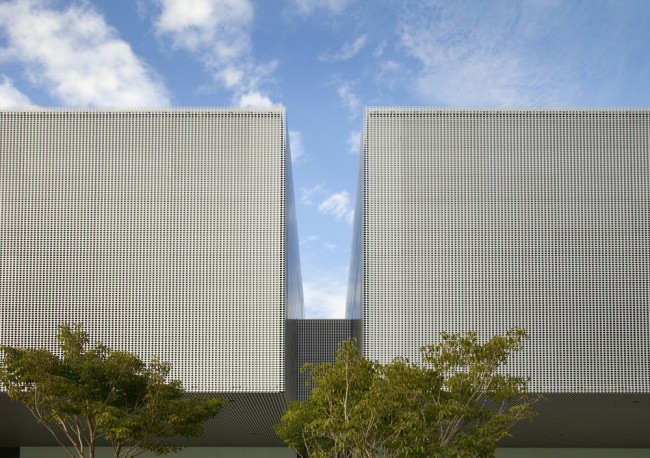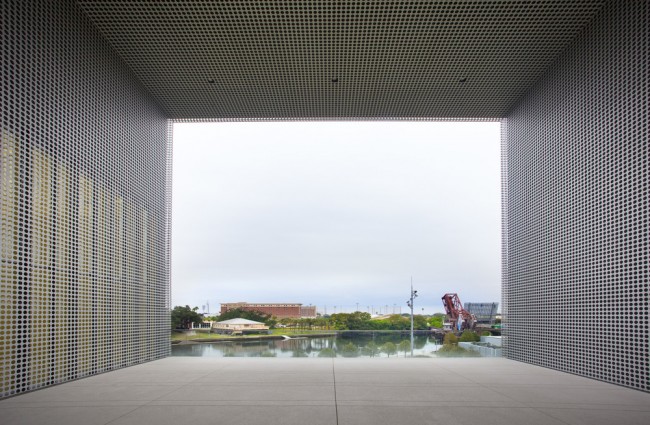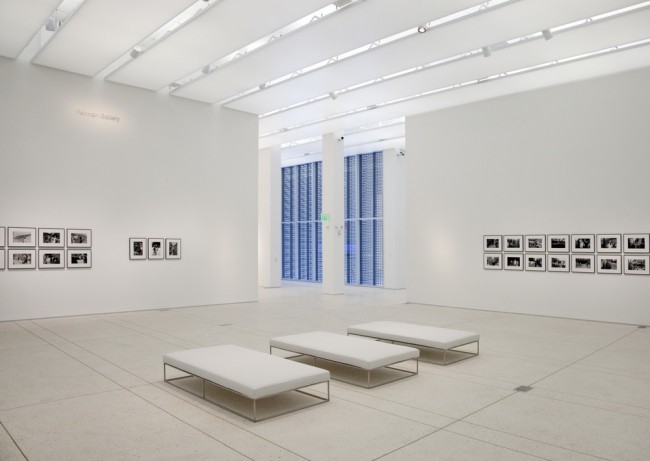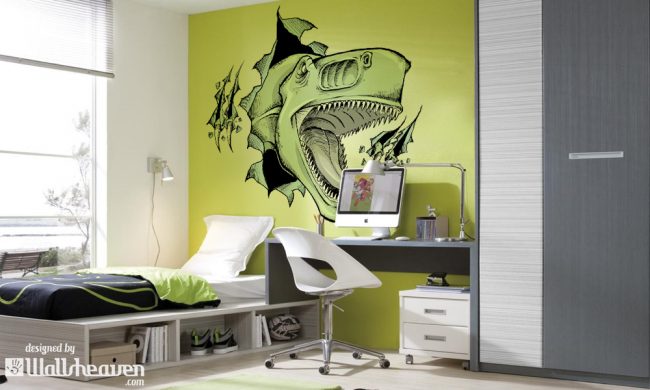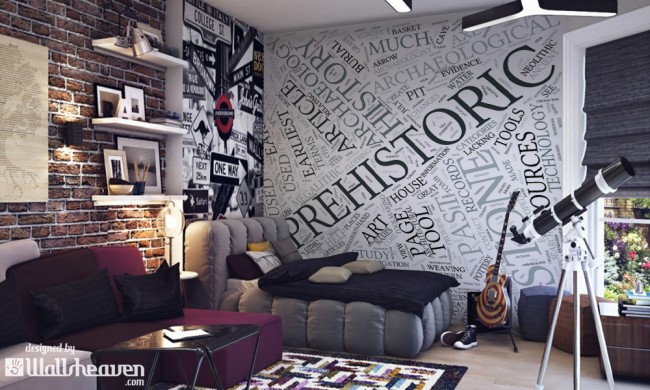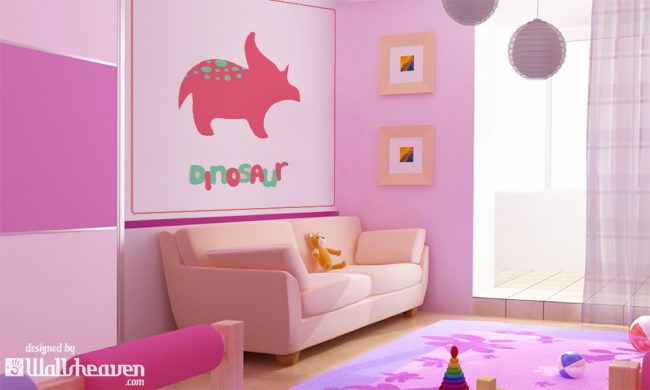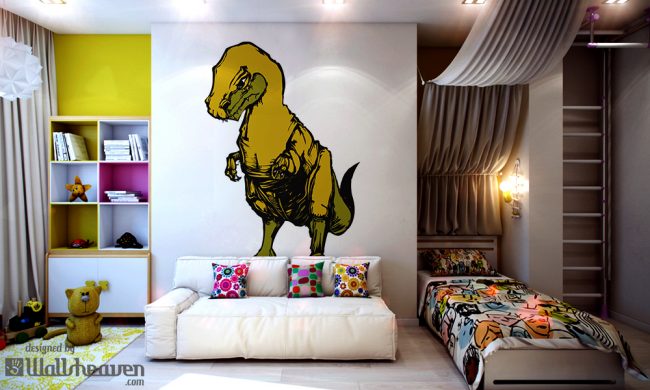Yesterday, the Federal Trade Commission published their "Final Guides Governing Endorsements, Testimonials" in an article subtitled "Changes Affect Testimonial Advertisements, Bloggers, Celebrity Endorsements".
According to the FTC web site posting;
"The notice incorporates several changes to the FTC's Guides Concerning the Use of Endorsements and Testimonials in Advertising, which address endorsements by consumers, experts, organizations, and celebrities, as well as the disclosure of important connections between advertisers and endorsers."
Furthermore it states;
"The revised Guides specify that while decisions will be reached on a case-by-case basis, the post of a blogger who receives cash or in-kind payment to review a product is considered an endorsement. Thus, bloggers who make an endorsement must disclose the material connections they share with the seller of the product or service."
"Under the revised Guides, advertisements that feature a consumer and convey his or her experience with a product or service as typical when that is not the case will be required to clearly disclose the results that consumers can generally expect."
And if that weren't enough, the post goes on to clearly state;
"While the 1980 Guides did not explicitly state that endorsers as well as advertisers could be liable under the FTC Act for statements they make in an endorsement, the revised Guides reflect Commission case law and clearly state that both advertisers and endorsers may be liable for false or unsubstantiated claims made in an endorsement - or for failure to disclose material connections between the advertiser and endorsers."
Under these regulations the article I posted earlier this morning could be considered a testimonial for Gitzo and my claims that the Gitzo Traveller tripod "has seen the extremes of heat, humidity, mud, sand, gravel and just plain dirt and they work as well now as the first day I bought them" could be considered "unsubstantiated" and I would be legally "liable" if one of my readers were to purchase the same tripod due to my testimonial and have a different experience with it than I had. The reader could then file suit and attempt to recover damages from me.
Here's the "material connection" they talk about. I paid for the product, used the product and wrote about the product. I didn't get it "free" or accept any remuneration from Gitzo, but I am a "consumer" of the product and did write a product review advocating the use of the product. How about the "unsubstantiated" part? How do I substantiate my claims that the product has seen the extremes of heat, humidity, etc. and worked just fine? Do I have to video tape my use of every product I review on this blog?
In my opinion, the effect of these revised regulations will be to stifle the frank and honest review of new products by bloggers and forum posters throughout the United States. No longer will bloggers or forum posters be able to openly discuss their "opinion" on the merits of a new product without fear of reprisal. I can envision the day in the very near future that Canon releases a new DSLR camera and no one "dares" to post a preview, review or flame about it's features or perceived benefits for fear of being sued.
- Will folks living in "the land of the free and the home of the brave" have to read products reviews from foreign authors only?
- Do these revised regulations really help protect consumers and does the Government really think consumers are that gullible?
- Are the opinions of bloggers so controversial that we require FTC regulation?
- Is this what Freedom of Speech has come to in our country?
Posted in Photography Tagged: Bloggers, Federal Trade Commission, FTC Endorsement Guidelines
![]()
